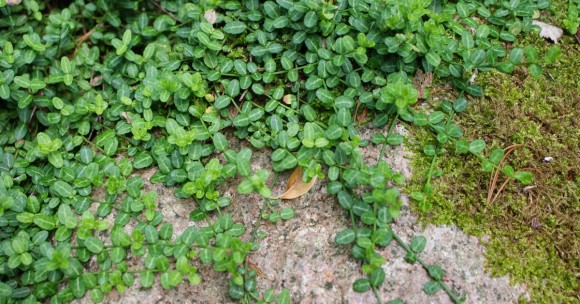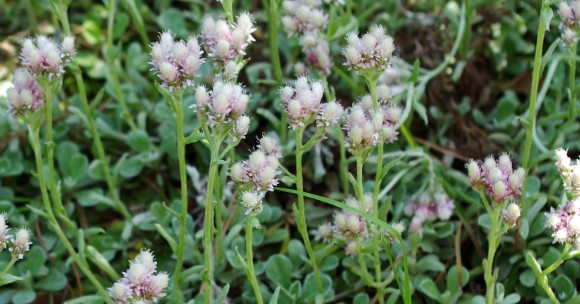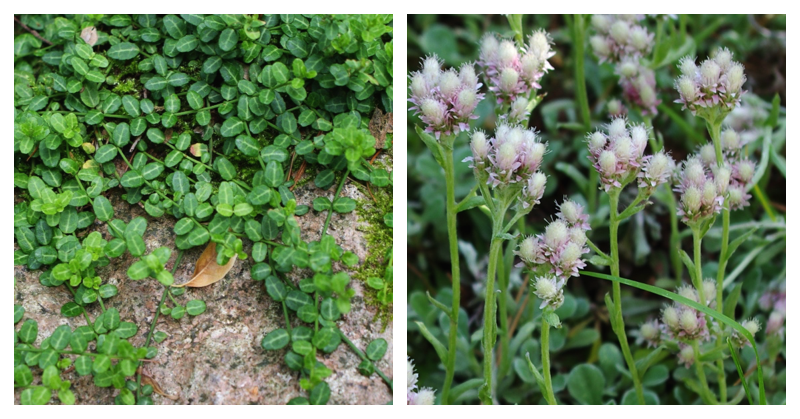Invasive Plant to Avoid: Winter Creeper
This week is National Invasive Species Awareness Week. Herring Run Nursery will be focusing each day on one invasive plant and a native alternative.
Don’t Plant: Winter Creeper

The Maryland Invasive Species Council maintains a list of species that present a particular concern in Maryland, a list that includes Winter creeper (Euonymus fortunei).
Like English ivy, winter creeper is often touted by the gardening industry as a groundcover that is easy to maintain. Because it is fast growing, though, it has already begun to invade natural areas in Maryland and other mid-Atlantic states. Winter creeper grows along the ground and displaces herbaceous native plants and the seedlings of trees and shrubs.
Native Alternatives: Pussytoes and Sedges
Our advice to gardeners is usually to avoid using a single spreading species as the groundcover. The best solution for wildlife and, frankly, the success of the garden itself is often mix of perennials with either sedges or grasses.

Among perennials, we recommend focusing on species with dense mats of foliage such as pussytoes (Antennaria spp.) Antennaria neglecta, Antennaria parlinii, and Antennaria plantaginifolia are host plants for the American painted lady butterfly as well.

Pennsylvania sedge (Carex pensylvanica) offers an alternative for shadier spots. This short grass-like plant offers high value to wildlife, and spreads by both runners and seeds. Often used as a native alternative to lawn, sedges are also very effective at filling in the gaps between other shade-loving perennials like wood asters or stonecrop.
Herring Run Nursery offers both of these native species, and will open its Spring season on April 9th.


